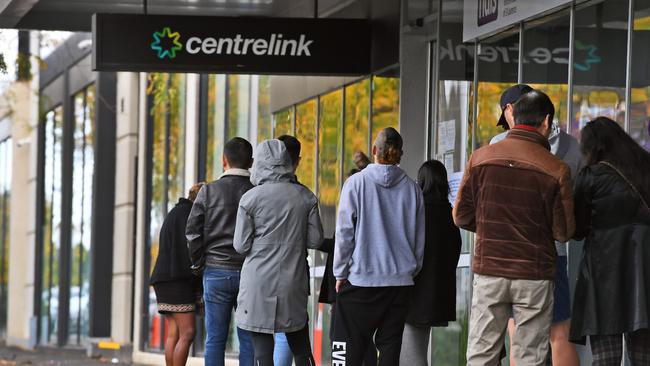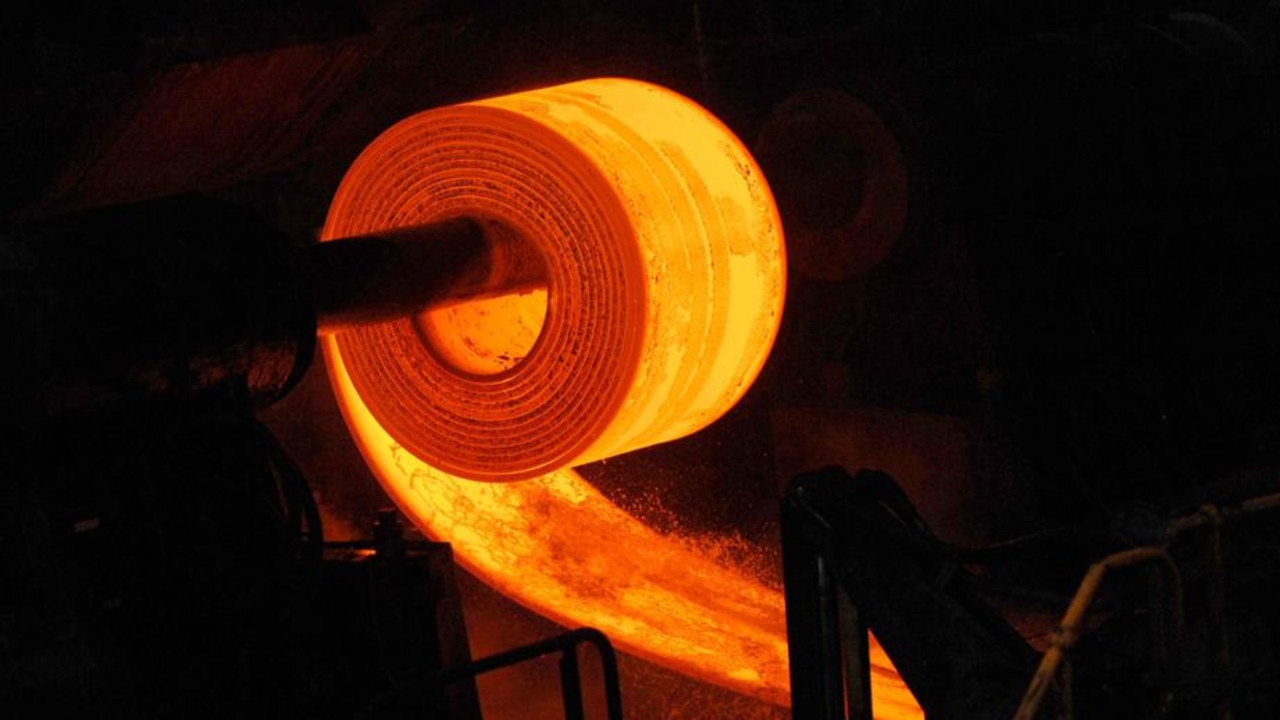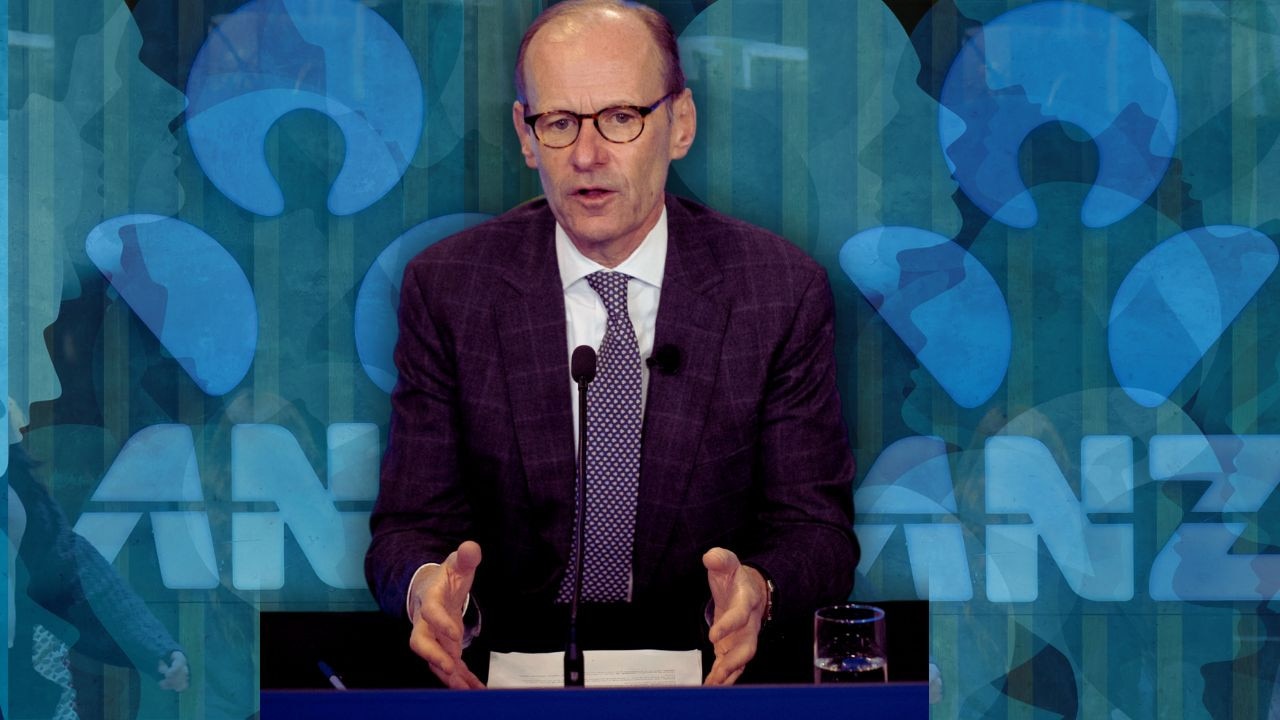Coronavirus Australia: Young bear the brunt of unemployment crisis

The governor is giving the speech at the (virtual) annual luncheon of the Anika Foundation, which sponsors research into adolescent depression and suicide prevention.
This is a fitting forum for a speech that will provide an update on the RBA’s views on how the economy, particularly the labour market, and policies are responding to the COVID-19 health crisis.
So far during the crisis young people have disproportionately borne job losses and associated mental health pressures. This in part reflects younger people being over-represented in consumer-facing sectors of the economy such as hospitality, recreation, retail and the arts, which have all borne the brunt of restrictions designed to contain the coronavirus.
Since the onset of the crisis, the employment to population ratio of the 15-24 years of age group has fallen substantially more than that of the entire workforce and is now down to only 54 per cent, with similar declines for males and females.
This decline in youth employment has been more severe than in the global financial crisis. Even at this early stage it has been similar to the fall in the last recession in the early 1990s and has occurred much faster.
The 25-29 year age bracket has also seen a larger decline in employment share to population than older workers. Measures of the underutilisation of youths in the labour force, based on the shortfall in hours they say they want to work, show a similar story compared to older workers.
Last week’s June labour force numbers contained some good news, with higher youth and national employment, but the extent of the hidden job losses in the crisis was highlighted by the large jump in labour force participation. This was particularly the case for younger people. More than 40 per cent of the people who moved from “not in the labour force” in May to “unemployment” in June were aged 15-24.
While in no way minimising the loss of employment that has occurred across all age groups, for younger Australians the crisis also comes when they are transitioning from study to work. The lack of on-the-job experience is a significant headwind to gaining employment when job openings have contracted sharply.
A recent Centre for Social Impact (CSI) study noted that the adverse impact on job prospects is compounded as the duration of unemployment rises. It notes that this was particularly the case during the global financial crisis for younger job seekers who had lower education qualifications, were not in full-time study, and lived in regional areas.
The CSI also notes the risk of scarring effects on future earnings during recessions because, as a recent EY study notes, up to 90 per cent of a worker’s income growth occurs in the first 10 years of their career.
The EY study found that workers aged 18-23 whose job prospects are adversely impacted by the economic downturn could have $22,000 less to spend on a home and $30,000 less in retirement savings by the end of the decade.
Against this backdrop for the school to work transition at the end of this year, it was a positive step for the federal and state governments to support an additional 100,000 apprenticeships and to provide $1bn for free or low-cost vocational education opportunities to school leavers otherwise facing unemployment.
A similar idea was earlier floated by Melbourne University’s Professor Jeff Borland, with his proposal extending to temporary relief from HECS contributions.
Financial pressures are one cause of mental health issues, as is social isolation. The federal government is considering a report by the Productivity Commission that recommended “substantial changes” to the current system as it “has been tacked on to a health system that has been largely designed around physical health”, where symptoms often manifest in middle to later stages of life, whereas “mental health illness tends to first emerge in younger persons”.
At the same time, the Treasury review of income support programs provides the opportunity to better target support to those most in need, and this should allow the federal government to announce this week an extension of these programs beyond September via a flexible phase-down period.
Ultimately, though, the strongest form of income support is job creation, and this will require a strong and sustained recovery in demand.
Dr Lowe has said that it is likely that fiscal and monetary support will be required for some time. Indeed, by keeping funding costs ultra-low, this has given the government more scope to deliver fiscal stimulus.
But even with significant monetary and fiscal stimulus the recovery from the global financial crisis was relatively tepid, which particularly disadvantaged employment opportunities for young Australians, and real wage growth was low.
On the one hand the current crisis provides the opportunity to reset institutional arrangements that may limit the nation’s potential to invest and take up the latest advances in technology that will drive economic growth and wellbeing through this decade. But equally it is hard to look beyond existing business models, regulations and work practices when in the midst of a crisis.
The current political backdrop in Australia, more stable than in the post global financial crisis years, hopefully affords the opportunity to combine short-term crisis responses with policies that help realise a long-term vision of a stronger and more dynamic Australia.
Paul Brennan is Suncorp’s senior economist and a board member of the Anika Foundation.






On Tuesday, Reserve Bank governor Philip Lowe will give a highly anticipated speech on COVID-19, the labour market and public-sector balance sheets, which will be followed two days later by federal Treasurer Josh Frydenberg presenting an updated review of the federal budget position.